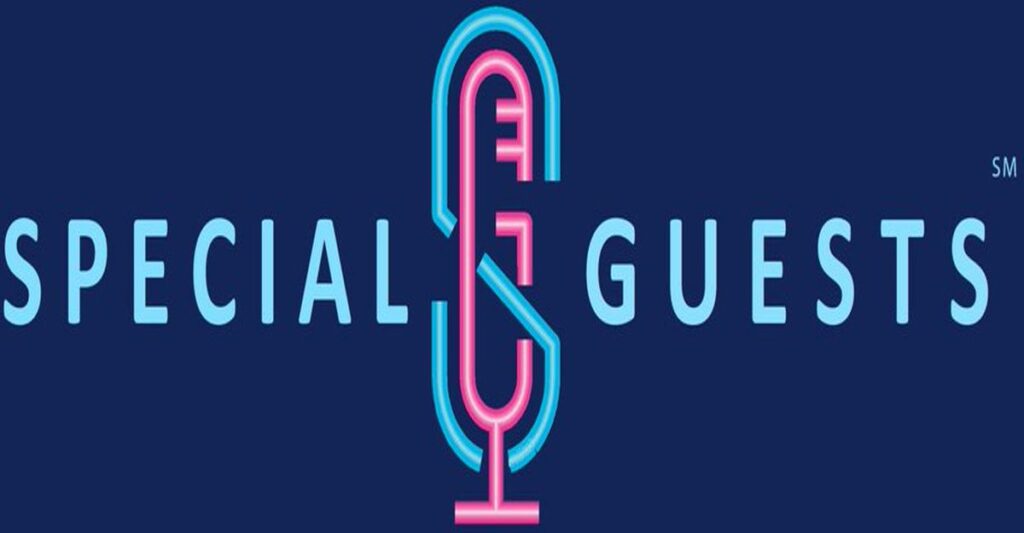Discussion about Similarities between JFK and Charlie Kirk Assassinations
Begins at the 1:35:30 Mark via Caravan Rumble:
In a recent discussion between Dr. David Mantik and host John B. Wells, the two explored the striking parallels between the assassination of President John F. Kennedy in 1963 and the recent killing of Charlie Kirk. Mantik, known for his forensic analysis of the JFK autopsy evidence, focused on how both cases reveal a disturbing pattern of manipulation, media distortion, and what he described as an erosion of public trust in official narratives.
Mantik outlined how the JFK assassination, long considered the most scrutinized murder in American history, continues to serve as a template for how evidence can be controlled, witnesses silenced, and inconvenient truths buried under layers of bureaucracy and disinformation. He noted that the early confusion surrounding Kennedy’s death—multiple shooters, conflicting eyewitness accounts, and inconsistencies in autopsy findings—has eerie echoes in the Kirk investigation. In both cases, he said, key evidence appeared to be sealed, lost, or withheld from public view.
Mantik sees Coverup
The conversation examined how swiftly narratives are shaped in the aftermath of high-profile assassinations. With Kennedy, the Warren Commission swiftly concluded a lone gunman was responsible, quelling public speculation despite lingering contradictions. Similarly, Mantik observed that within hours of Kirk’s death, officials and major news outlets were already framing it as the work of a single assailant, discouraging deeper inquiry into potential motives or broader networks. He described this as an almost ritualistic pattern, designed to protect powerful interests and maintain a veneer of stability.
The two also delved into the psychological and cultural consequences of such events. The Kennedy assassination marked a fracture in America’s faith in government institutions, a disillusionment that has never fully healed. Mantik and Wells suggested that the Kirk shooting could have a comparable effect on younger generations—particularly those already skeptical of political and media elites. They discussed how each event becomes more than a tragedy; it becomes a test of how much truth the public is willing to demand and how much deception the system can sustain.
Mantik drew parallels between the so-called “magic bullet” in the JFK case and the improbable forensic explanations emerging around Kirk’s death. Both, he argued, stretch the limits of believability and reflect a pattern of forcing the evidence to fit a predetermined conclusion. He suggested that such tactics reveal less about the assassins themselves and more about the machinery of power that benefits from ambiguity and confusion.
Ultimately, the conversation centered on how the lessons of 1963 remain painfully relevant today. Mantik argued that history repeats not because people forget, but because those who control information ensure that real accountability is impossible. The JFK assassination taught America that truth can be managed; the Kirk case, he warned, may prove that it can be erased.
In Mantik’s view, both killings expose a dangerous continuity—a government and media establishment more interested in protecting narratives than uncovering facts. Wells agreed that these events are not isolated incidents but reflections of a deeper pattern in which political violence, secrecy, and public manipulation intertwine. Whether in Dallas in 1963 or in the present day, the result, they concluded, is the same: a nation left questioning not just who pulled the trigger, but who wrote the story.
The discussion closed on a somber but urgent note, with Mantik emphasizing that both assassinations have become cultural mirror images of the societies in which they occurred. The killing of Kennedy symbolized the end of postwar innocence and the dawn of institutional mistrust. The assassination of Charlie Kirk, Mantik suggested, represents the culmination of that mistrust—an era where truth itself is fragmented, where every fact is contested, and where public narratives are as weaponized as bullets. He pointed out that in both cases, silence from authorities speaks louder than transparency ever could.
Mantik and Wells agreed that the real tragedy is not only the deaths themselves, but the collective apathy that follows. When governments withhold truth and the public stops demanding it, the cycle of violence and deception inevitably continues.

